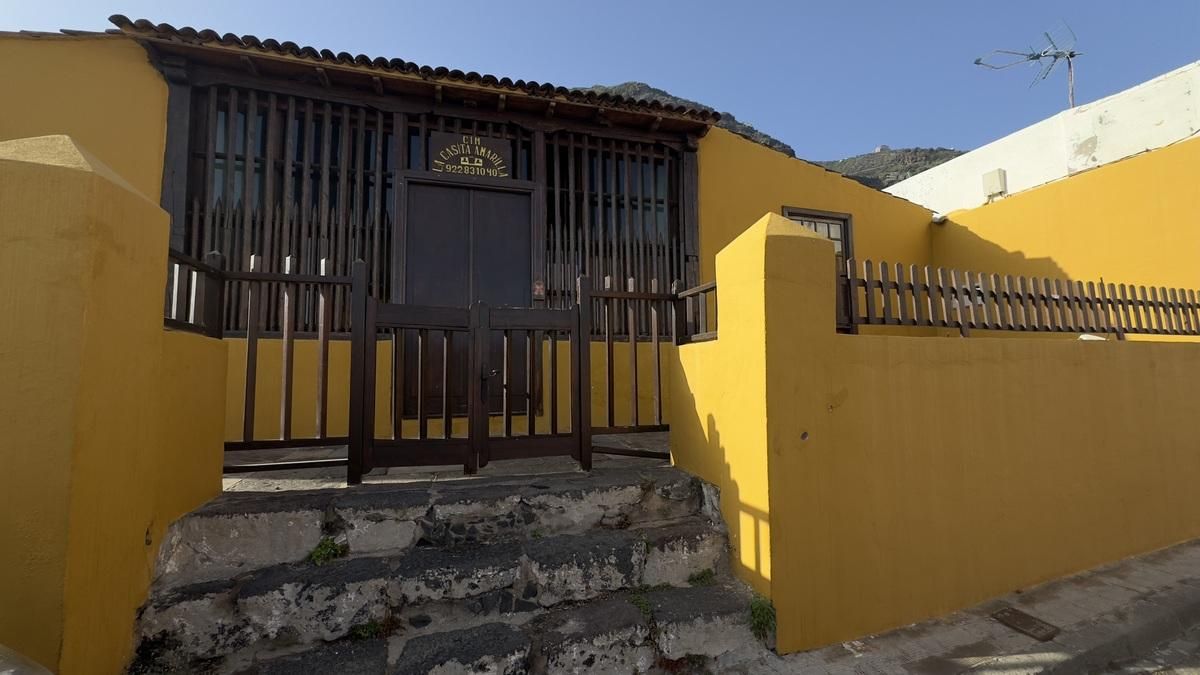“The shock plan of the regional police in Fuerteventura has increased the perception of safety”
The Councillor for the Presidency, Public Administration, Justice and Security of the Canary Islands Government, Nieves Lady Barreto, alongside the President of the Cabildo of Fuerteventura, Lola García, has presented the results of the Regional Police Shock and Reinforcement Plan to the mayors of the island.
This initiative, launched in mid-February, was one of the agreements reached in an operational meeting convened by the Cabildo to increase surveillance in specific municipalities, prevent crime in the area, and address citizens’ needs more effectively in coordination with local councils and security forces.
During the event, held in the Plenary Hall of the Insular Corporation, Nieves Lady Barreto commended the work of the officers and noted that “their presence has contributed to enhancing the perception of security on the island, which is our primary objective, as confirmed by residents and traders.” The Councillor added that although these are currently specific actions, it is hoped that during this legislature, territorial deployment can commence and a police station can be opened in Pájara, maintaining a permanent presence there and in other non-capital islands, supported by 141 new agents from the CGPC who will begin training in October.
Furthermore, Nieves Lady Barreto pointed out that when we refer to the Canarian Police, we also include local police forces, and we should be proud of the number of officers we have added since 2023, amounting to 421 new agents now patrolling the Canarian municipalities. “Now it is time,” she added, “for the Ministry to do its part and update the catalogues of the Civil Guard and National Police.”
According to the island’s president, Lola García, “the Cabildo of Fuerteventura continues to hold meetings to address public safety with various administrations.” “This has been one of our major demands since we took office, and we must express our gratitude for the swift response from Councillor Nieves Lady Barreto, which has allowed us to reinforce the presence of the Canarian Police on the Island, complementing the excellent work done by the local police, national police, and Civil Guard.”
At the same time, García emphasised the need for the State to understand the situation firsthand and on the ground, in order to strengthen security forces, paying special attention to areas with higher population density that require it.
The meeting with the island’s mayors was also attended by the Deputy Councillor for Justice and Security, Cesáreo Rodríguez, and the Chief Commissioner of the General Canarian Police, Antonio Almenara.
During the reviewed period, police forces were deployed in Puerto del Rosario, Pájara, La Oliva, Tuineje, and Antigua, with two teams of twelve officers in total, which also included a canine unit. Therefore, by mid-September, 317 administrative reports, 25 arrests, and 41 requests for assistance had been processed. The majority of incidents were related to drug consumption, followed by fights and disturbances of public order.
In April and May, more reports were recorded, while June and July saw increased arrests and requests for assistance. This scenario stabilised in August due to the Canarian Police’s focus on tourist influx and their presence at scheduled events.
By municipality, the highest volume of interventions during this period was particularly concentrated in Pájara, with 160 reports and 19 arrests, accounting for more than half of the island’s activity. Antigua saw 65 reports in April, marking a point of high incidence, while Puerto del Rosario stood out in July with 18 reports, although its activity declined in other months. Tuineje recorded the lowest and most scattered activity with 35 reports over the entire period.
This is not the first special temporary operation undertaken by the General Canarian Police that the Presidency Department has activated in a non-capital island. Last year, a similar initiative was launched in the municipality of Valle Gran Rey on La Gomera, lasting several weeks to restore the sense of safety among the population, as well as in the municipalities of Valle de Aridane on La Palma, which is still ongoing.














